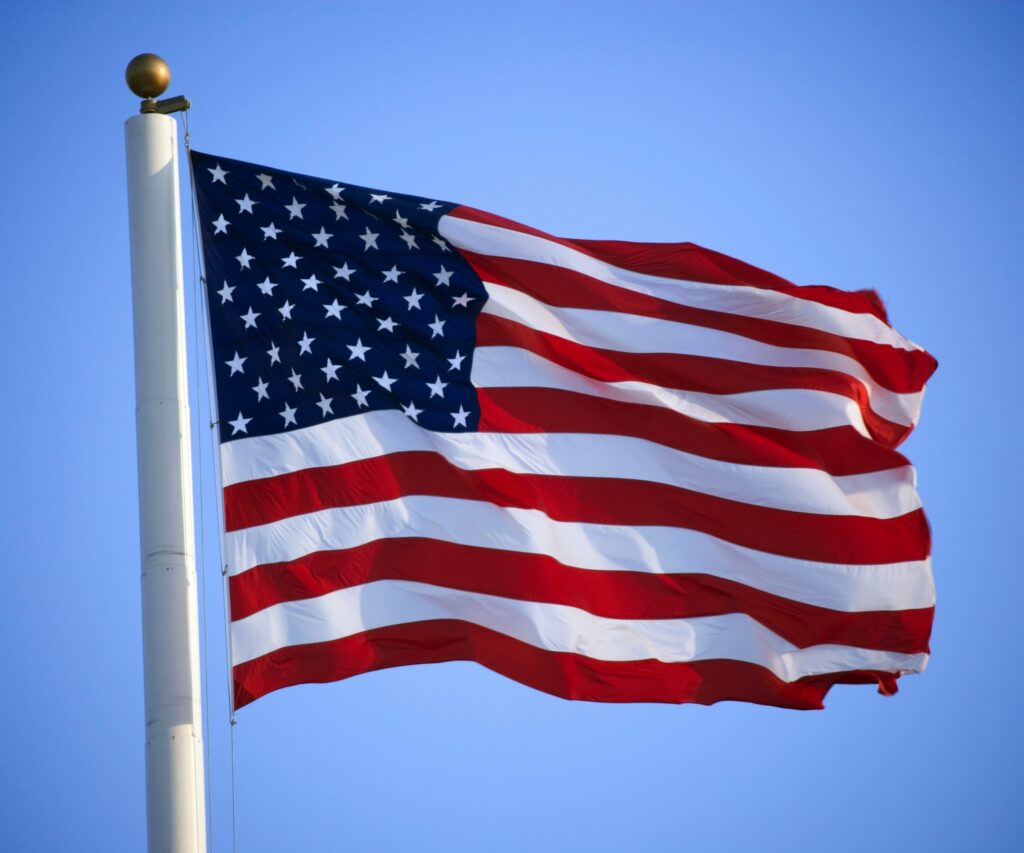The original flag, much like the present-day flag, featured thirteen red and white stripes. However, as the number of states has increased with time, so has the quantity and placement of stars.
Flag Day doesn’t hold the top spot among June holidays, nor is it universally celebrated throughout the country. Additionally, it doesn’t rank among the top three most patriotic holidays in America.
You won’t come across Flag Week drink specials at your local bar or find Target hosting a mattress blowout sale specifically for this week.
However, there should be more recognition for this significant occasion. Flags serve as a prominent symbol of nationalism, making this patriotic day an important observance. It commemorates June 14 as the day when the Stars and Stripes were officially adopted as the United States of America’s official flag.
Exploring the rich history of Old Glory and understanding the proper way to display it can transform Flag Day into a more significant event.
Here’s everything you need to know about Flag Day.
What is the History Behind the Colors?
Did you know that the first American flag was officially adopted on June 14th 1777, through a resolution passed by the Continental Congress?
Those iconic stars and stripes held a powerful meaning: they symbolized the unity among the thirteen colonies that valiantly fought for independence from Great Britain during the Revolutionary War.
As our Union expanded with the addition of new states, the number of stars and stripes grew as well. Today, our flag proudly bears 50 stars, representing each of our 50 states, and 13 stripes, symbolizing our original colonies.
Considering its significance, Flag Day holds a crucial place in America’s calendar. It serves as a day to celebrate our remarkable history and pay tribute to the emblem of freedom and unity that our nation holds dear.
Why is Flag Week Celebrated?

In 1916, a significant moment unfolded when President Woodrow Wilson issued a presidential proclamation to establish a holiday known as Flag Week. Since then, this commemoration has been observed annually from June 14th to June 20th.
The chosen dates serve to honor the day in 1777 when the Second Continental Congress officially adopted the flag of our nation.
During this special week, Americans are encouraged to proudly display the Stars and Stripes in their homes and businesses. For those fortunate enough to be in Washington, D.C., there is an official ceremony held on the South Lawn of the White House.
Each year, a different organization is invited to participate in raising and lowering the flag. It provides an opportunity for citizens to unite and celebrate the values and principles that define our country.
From raising the flag to attending ceremonies and parades, there are numerous ways to engage in this patriotic occasion.
The Evolution of the American Flag
The American Flag, renowned as Old Glory, the Star-Spangled Banner, or simply the Stars and Stripes, stands as an enduring symbol of freedom and patriotism. But who can be credited with the design of this iconic banner, and how has it evolved throughout history?
The truth is, the exact creator of the first flag is still a matter of ongoing research. Contrary to what many learned in elementary school, historical records indicate that Betsy Ross may not have been the one responsible. Instead, it’s widely agreed among historians that Francis Hopkinson, a member of the Continental Congress, designed the initial American flag. It was officially adopted on June 14th, 1777, featuring 13 red and white stripes representing the original colonies, and 13 stars arranged in a six-pointed “starburst” pattern, symbolizing the emerging constellation of states.
In May 1795, the admission of Vermont and Kentucky to the Union necessitated a revised design. Pennsylvania Congressman Robert Morris proposed the addition of two stripes to represent the new states, accompanied by two new stars in the canton. This resulted in the creation of the 15-star, 15-stripe flag, often referred to as the “Star-Spangled Banner,” which remained in use for the next 24 years.
By 1818, the Union expanded to encompass 20 states. Rather than adding more stripes, lawmakers decided to return to the original 13 stripes, symbolizing the original colonies. From that point forward, a new star would be added to the canton on July 4th each year following the admission of a new state. This practice gave rise to the 27-star flag that flew during President William Henry Harrison’s administration. The current design, featuring 50 stars, has been in use since Hawaii became a state in 1959, completing the United States star-studded emblem.


